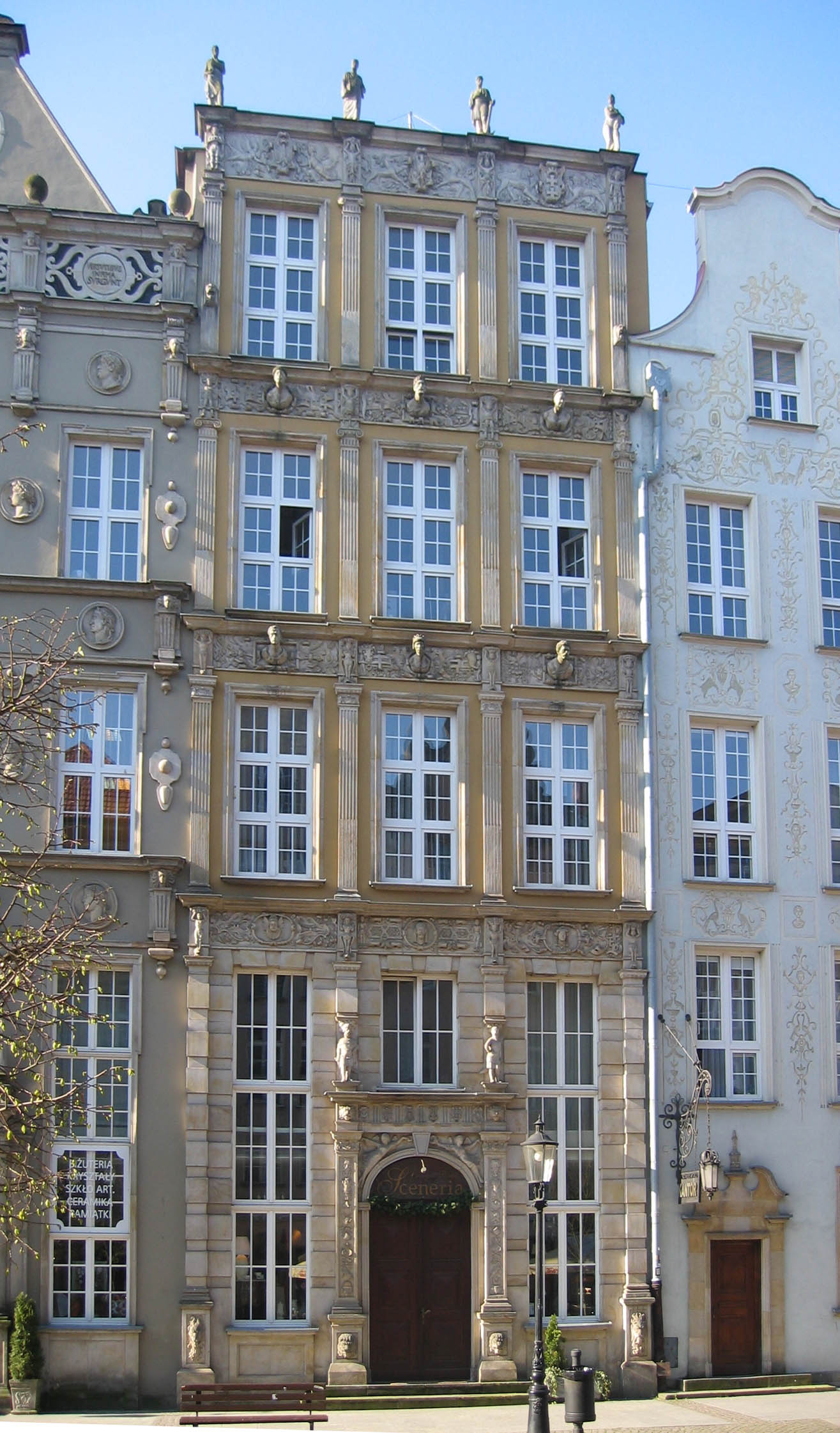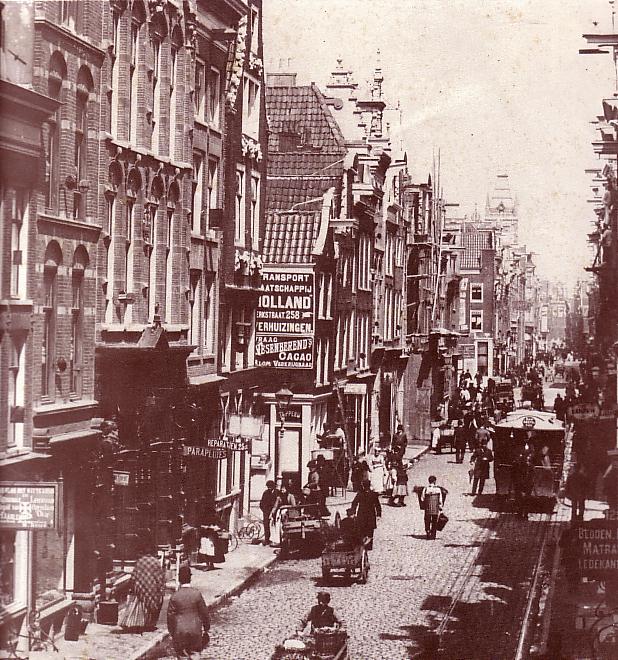|
Długi Targ
The Long Market Square (Polish language, Polish: ''Długi Targ''; ; Kashubian language, Kashubian: ''Dłudżi Rénk'') in Gdańsk, Poland, is one of the most notable tourist attractions of the city. It is situated between the end of Ulica Długa (the ''Long Lane''), and the Green Gate (''Brama Zielona''), and forms part of the Royal Route. History Established in about 13th century, initially as a merchant road leading to the oval market place. Soon after Teutonic takeover of Gdańsk, known as the ''Gdańsk slaughter'', the street become the city's main artery. Its official name in Latin ''Longa Platea'' was first written in 1331, German name ''Langgasse'' was introduced later and Polish ''Ulica Długa'' in 1552. Before the Partitions of Poland it was also called the Royal Route because it served as a road of solemn entrances into the city during the visitations by Polish monarchs. The latter name was popularized between 1457 and 1552. During the monarchs' visits to the city they we ... [...More Info...] [...Related Items...] OR: [Wikipedia] [Google] [Baidu] |
Green Gate
The Green Gate (, former , now Grünes Tor) in Gdańsk, Poland, is one of the city's most notable tourist attractions. It is situated between Long Market (''Długi Targ'') and the River Motława. History With the Golden Gate (Gdańsk), Golden Gate and the Highland Gate, the Green Gate spans the Long Market and Long Street, together comprising the Royal Route, Gdańsk, Royal Route. The Green Gate was clearly inspired by the Antwerp City Hall. It was built 1568-71 as the formal residence of List of Polish monarchs, Poland's monarchs. It is a masterpiece by Regnier (or Reiner van Amsterdam), an Amsterdam architect, and reflects Flemish architectural influence in Gdańsk. Hans Kramer from Dresden was responsible for the construction plans. On 11–20 February 1646 the future List of Polish consorts, Queen of Poland, Marie Louise Gonzaga, was entertained here. In the late 18th century the Danzig Research Society, Nature Society was housed here, but soon moved to the Naturalists' H ... [...More Info...] [...Related Items...] OR: [Wikipedia] [Google] [Baidu] |
Amsterdam
Amsterdam ( , ; ; ) is the capital of the Netherlands, capital and Municipalities of the Netherlands, largest city of the Kingdom of the Netherlands. It has a population of 933,680 in June 2024 within the city proper, 1,457,018 in the City Region of Amsterdam, urban area and 2,480,394 in the Amsterdam metropolitan area, metropolitan area. Located in the Provinces of the Netherlands, Dutch province of North Holland, Amsterdam is colloquially referred to as the "Venice of the North", for its canals of Amsterdam, large number of canals, now a World Heritage Site, UNESCO World Heritage Site. Amsterdam was founded at the mouth of the Amstel River, which was dammed to control flooding. Originally a small fishing village in the 12th century, Amsterdam became a major world port during the Dutch Golden Age of the 17th century, when the Netherlands was an economic powerhouse. Amsterdam was the leading centre for finance and trade, as well as a hub of secular art production. In the 19th ... [...More Info...] [...Related Items...] OR: [Wikipedia] [Google] [Baidu] |
Zeus
Zeus (, ) is the chief deity of the List of Greek deities, Greek pantheon. He is a sky father, sky and thunder god in ancient Greek religion and Greek mythology, mythology, who rules as king of the gods on Mount Olympus. Zeus is the child of Cronus and Rhea (mythology), Rhea, the youngest of his siblings to be born, though sometimes reckoned the eldest as the others required disgorging from Cronus's stomach. In most traditions, he is married to Hera, by whom he is usually said to have fathered Ares, Eileithyia, Hebe (mythology), Hebe, and Hephaestus.Hard 2004p. 79 At the oracle of Dodona, his consort was said to be Dione (Titaness/Oceanid), Dione, by whom the ''Iliad'' states that he fathered Aphrodite. According to the ''Theogony'', Zeus's first wife was Metis (mythology), Metis, by whom he had Athena.Hesiod, ''Theogony'886900 Zeus was also infamous for his erotic escapades. These resulted in many divine and heroic offspring, including Apollo, Artemis, Hermes, Persephone, D ... [...More Info...] [...Related Items...] OR: [Wikipedia] [Google] [Baidu] |
Russian Centre Of Science And Culture
The Russian House — Russian Centre of Science and Culture in Belgrade (, ) is a centre aimed to promote Russian language and culture, it is one of 44 present Russian Cultural Centers worldwide.''Ruski centar za nauku i kulturu „Ruski dom“ u Beogradu'' ''RuskiDom.rs'' Russian Home. Establishment of the Russian Center is strongly connected to Russian s in the , after 1917 |
Władysław IV Vasa
Władysław IV Vasa or Ladislaus IV (9 June 1595 – 20 May 1648) was King of Poland, Grand Duke of Lithuania and claimant of the thrones of Monarchy of Sweden, Sweden and List of Russian monarchs, Russia. Born into the House of Vasa as a prince of Poland and of Sweden, Władysław IV was the eldest son of Sigismund III House of Vasa, Vasa and Sigismund's first wife, Anna of Austria (1573–1598), Anna of Austria. Władysław was elected as the tsar of Russia by the Seven Boyars in 1610, when the Polish–Russian War (1609–1618), Polish army captured Moscow, but did not assume the throne because of his father's position and a popular uprising. Nevertheless, until 1634, he used the titular title of grand duke of Moscow. Following his Free election (Poland), election as king of Poland and grand duke of Lithuania in 1632, he was largely successful in defending the Polish–Lithuanian Commonwealth against foreign invasion, most notably in the Smolensk War of 1632–1634 in which he ... [...More Info...] [...Related Items...] OR: [Wikipedia] [Google] [Baidu] |
Haarlem
Haarlem (; predecessor of ''Harlem'' in English language, English) is a List of cities in the Netherlands by province, city and Municipalities of the Netherlands, municipality in the Netherlands. It is the capital of the Provinces of the Netherlands, province of North Holland. Haarlem is situated at the northern edge of the Randstad, one of the Largest European cities and metropolitan areas, more populated metropolitan areas in Europe; it is also part of the Amsterdam metropolitan area. Haarlem had a population of in . Haarlem was granted city status or in 1245, although the first city walls were not built until 1270. The modern city encompasses the former municipality of Schoten, Netherlands, Schoten as well as parts that previously belonged to Bloemendaal and Heemstede. Apart from the city, the municipality of Haarlem also includes the western part of the village of Spaarndam. Newer sections of Spaarndam lie within the neighbouring municipality of Haarlemmermeer. Geography ... [...More Info...] [...Related Items...] OR: [Wikipedia] [Google] [Baidu] |
Maximilian II, Holy Roman Emperor
Maximilian II (31 July 1527 – 12 October 1576) was Holy Roman Emperor from 1564 until his death in 1576. A member of the Austrian House of Habsburg, he was crowned King of Bohemia in Prague on 14 May 1562 and elected King of Germany (King of the Romans) on 24 November 1562. On 8 September 1563, he was crowned King of Hungary and Croatia in the Hungarian capital Pressburg (Pozsony in Hungarian; now Bratislava, Slovakia). On 25 July 1564, he succeeded his father Ferdinand I as Holy Roman Emperor.Maximilian II. (2009). In ''Encyclopædia Britannica'' Retrieved 20 May 2009, from Encyclopædia Britannica Online: https://www.britannica.com/EBchecked/topic/370517/Maximilian-II Maximilian's rule was shaped by the confessionalization process after the 1555 Peace of Augsburg. Though a Habsburg and a Catholic, he approached the Lutheran Imperial estates with a view to overcome the denominational schism, which ultimately failed. He also was faced with the ongoing Ottoman–Habs ... [...More Info...] [...Related Items...] OR: [Wikipedia] [Google] [Baidu] |
Stephen Báthory Of Poland
Stephen or Steven is an English first name. It is particularly significant to Christians, as it belonged to Saint Stephen ( ), an early disciple and deacon who, according to the Book of Acts, was stoned to death; he is widely regarded as the first martyr (or " protomartyr") of the Christian Church. The name, in both the forms Stephen and Steven, is often shortened to Steve or Stevie. In English, the female version of the name is Stephanie. Many surnames are derived from the first name, including Stephens, Stevens, Stephenson, and Stevenson, all of which mean "Stephen's (son)". In modern times the name has sometimes been given with intentionally non-standard spelling, such as Stevan or Stevon. A common variant of the name used in English is Stephan ( ); related names that have found some currency or significance in English include Stefan (pronounced or in English), Esteban (often pronounced ), and the Shakespearean Stephano ( ). Origins The name "Stephen" (and its ... [...More Info...] [...Related Items...] OR: [Wikipedia] [Google] [Baidu] |
Łowicz
Łowicz is a town in central Poland with 27,436 inhabitants (2021). It is situated in the Łódź Voivodeship. Together with a nearby station of Bednary, Łowicz is a major rail junction of central Poland, where the line from Warsaw splits into two directions—towards Poznań, and Łódź. Also, the station Łowicz Main is connected through a secondary-importance line with Skierniewice. Łowicz was a residence of Polish Primate (bishop), primates in the Polish–Lithuanian Commonwealth. They served as regents when the town became a temporary "capital" of Poland during the interregnum. As a result, Łowicz has its own bishop and a Łowicz Cathedral, Cathedral Basilica in spite of its considerably small size. The Cathedral Basilica is designated a Historic Monument (Poland), Historic Monument of Poland, and the ruins of a former bishop's castle can be found on the outskirts of town. Also, the town was at the centre of the largest battle of the German invasion of Poland, the Battle ... [...More Info...] [...Related Items...] OR: [Wikipedia] [Google] [Baidu] |
Royal Prussia
Royal Prussia (; or , ) or Polish PrussiaAnton Friedrich Büsching, Patrick Murdoch. ''A New System of Geography'', London 1762p. 588/ref> (Polish: ; German: ) became a province of the Crown of the Kingdom of Poland, which was annexed following the Second Peace of Thorn (1466) from territory in Pomerelia and western Prussia which had been part of the State of the Teutonic Order. Royal Prussia retained its autonomy, governing itself and maintaining its own laws, customs, rights and German language for the Germans (mainly in urban areas) and Polish language for the Polish (mainly in rural areas). The inhabitants, from various ethnic groups, had a strong local identity and called themselves 'Prussians'. In 1569, Royal Prussia was fully integrated into the Crown of the Kingdom of Poland and its autonomy was largely abolished. As a result, the Royal Prussian parliament was incorporated into the Sejm of the Polish–Lithuanian Commonwealth. In 1772 and 1793, after the first and se ... [...More Info...] [...Related Items...] OR: [Wikipedia] [Google] [Baidu] |






